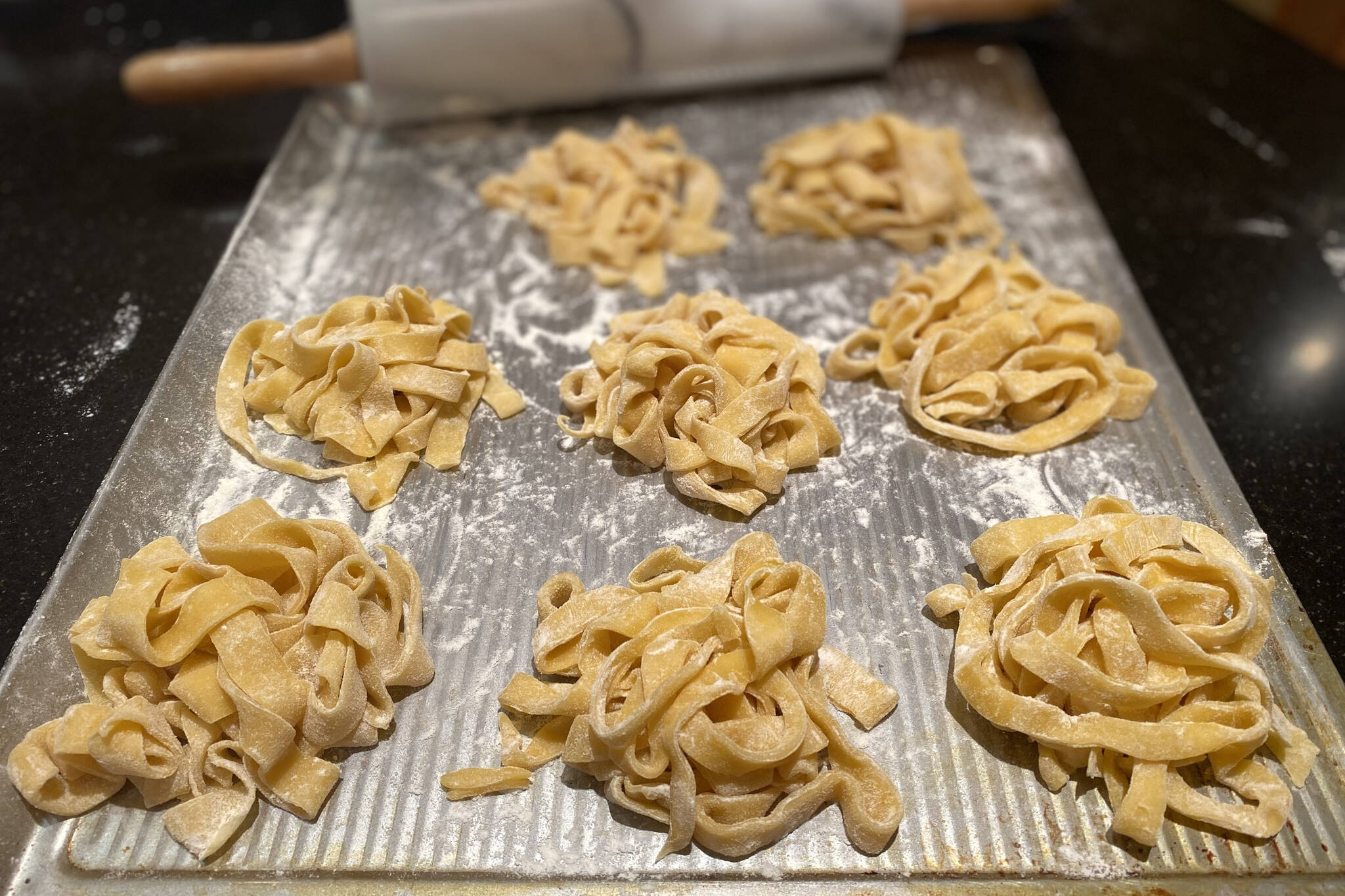The first kitchen job I interviewed for was a saute position in a trendy Italian bistro in Colorado.
I had volunteered to work in restaurants and for catered events for experience many times throughout culinary school, but this would be my first real job in a professional kitchen.
An interview in many kitchens consists of a “stage,” an unpaid internship period that usually lasts a few days to a couple weeks depending on the restaurant, and my three-day stage started with a full day of instruction on the most important task in the kitchen: making the pasta.
All the pasta was made in-house, and on a busy weekend we could easily go through 200 pounds of it, so the rolling and kneading and filling never stopped. The chef/owner prided himself on using traditional techniques, either formed by hand or antique metal extruders. His recipes had been passed down through his family for so long he said when he was making pasta, he felt like he was traveling through time.
At the end of the three days, I had secured my position on saute, and my aching hands had earned the right to learn his family’s treasured secrets.
I wouldn’t dare divulge his personal recipe, but mine is acceptable. Because semolina is quite expensive and can be hard to find, this recipe just uses all-purpose flour.
Ingredients for 4 dinner servings of wide noodles:
2 cups all-purpose flour
2 eggs
6 egg yolks
1⁄3 cup olive oil
1 teaspoon salt
Directions:
Mix your flour and salt and make a pile on your clean counter.
Gently whisk your eggs, yolks, and oil together, being careful not to incorporate too much air.
Create a well in the center of the flour pile that is big and deep enough to fit the egg mixture without spilling.
Pour the eggs into the well and use a fork to gradually pull flour into the eggs as you stir.
Continue to stir and incorporate flour until the dough comes together.
Use your hands to knead the dough for at least 10 minutes. It is important to use smooth, gentle motions so the dough doesn’t tear. If the dough feels too dry, you can wet your hands with a little water and continue kneading. When a fingerprint springs back within 3 seconds, it is ready to rest.
Flatten out into a disk and wrap in plastic. Allow to sit at room temperature for at least 1 hour.
Cut the dough into 6 equal portions and keep them wrapped in plastic until you’re ready to roll so the dough doesn’t dry out.
Roll a section of dough out into as close to a square as you can get, then fold the right side to the middle, then the left side to the middle, then the left side over the right like a book.
Keep the rectangle so the short side is facing you, then use your rolling pin up and down to make a long, narrow strip. The dough should be so thin you can see your fingers through it. (Or, as the chef used to say, “thin enough to read a newspaper through”.)
Start at the bottom and roll all the way up, then cut into pieces about 1-inch wide.
Carefully unroll the noodles one by one and toss in flour to keep them from sticking.
Store on a floured surface until ready to boil.
Boil in salted water for 2-3 minutes.
This same dough can be used to make any variation of sheet pasta but is not the best for extruded varieties like penne or macaroni.
You can make large batches and hang over rods to dry before storing in air-tight containers for several months, or you can freeze uncooked pasta for up to a month.
Tressa Dale is a culinary and pastry school graduate and U.S. Navy veteran from Anchorage. She lives in Nikiski with her husband, 2-year-old son and two black cats.


